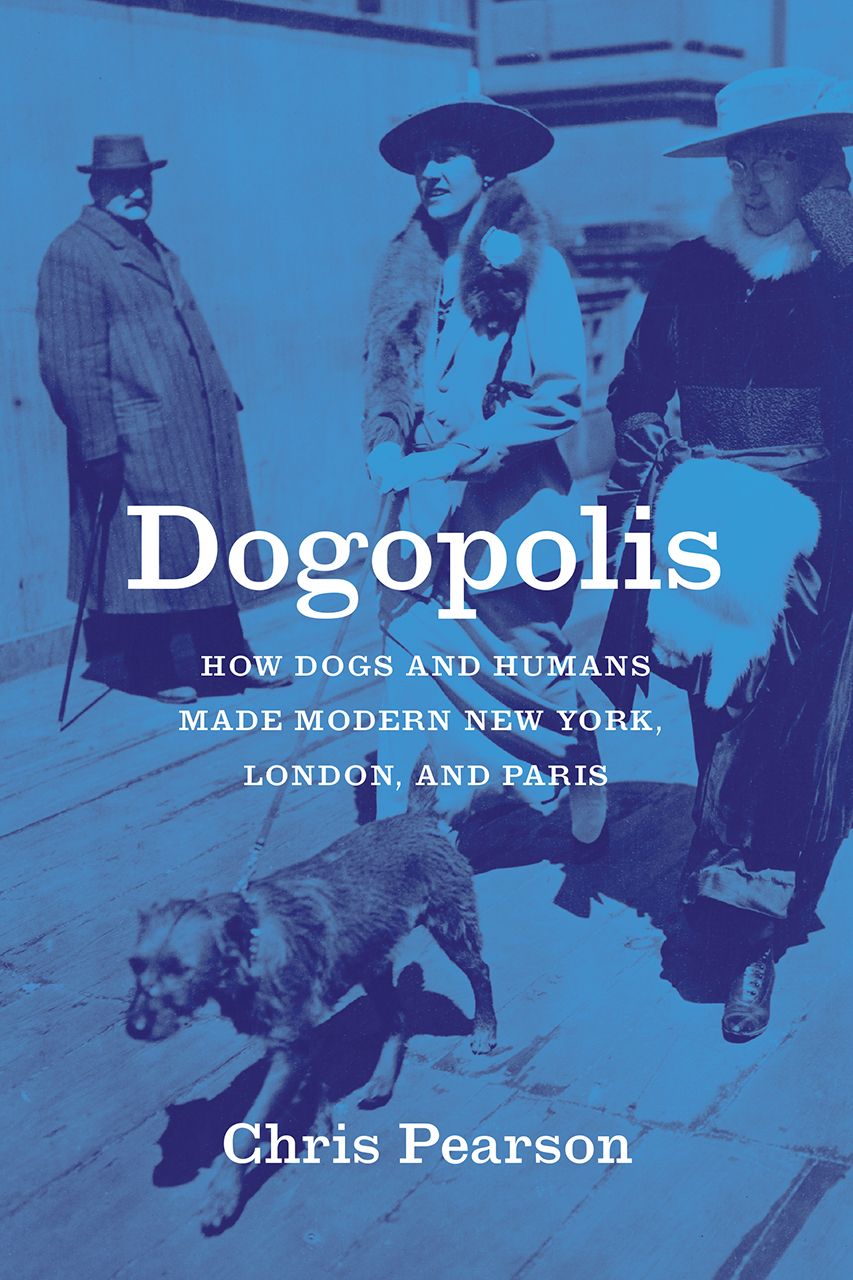Dog mess once had medicinal uses. In the eighteenth and nineteenth centuries, physicians used it as an astringent in the form of album Graecum (dried and whitened canine excrement). Noting physicians’ additional use of album Graecum as an antiseptic, the Encyclopaedia Britannica of 1797 described its potent powers. It was so “putrid” that it could “destroy almost every vegetable or animal substance.” Some physicians even recommended it for sore throats. In 1899 physician W.T. Fernie quoted Richard Boyle’s advice from 1696 that “a homely but experienced medicine for a sore throat [is] to take about one drachm of album Graecum, or white dog’s turd, burnt to perfect whiteness, and with about one ounce of honey of roses or clarify’d honey make thereof a Linctus to be very slowly let down the throat.” But by the 1920s, dog mess had morphed from a marginal medicinal substance into a repulsive hazard to public health. It was “particularly disgusting and objectionable,” according to a British Home Office civil servant. As human defecation became increasingly private with the spread of lockable toilet and privy doors, and as roads and pavements became cleaner, physicians, public hygienists, journalists, councillors, and middle-class citizens identified canine “visiting cards” as a threat to public health and decency.
While middle-class dog owners, egged on by dog-care experts and dog-food companies, paid ever more attention to what went into their dogs’ stomachs, their indifference to where food waste was expelled from their pets’ anuses sparked frustration and consternation. Disgust—and the anger and fear that accompanied it—at dogs’ daily soiling of pavements and sidewalks led to campaigns to remove dog mess from London, New York, and Paris. Middle-class feelings of disgust informed these efforts, even though middle-class dog owners were often identified as the main culprits in allowing their dogs to foul.
Dog mess was deemed disgusting because it stank, polluted city streets, and contaminated bodies. It therefore required regulation. New knowledge about parasites coupled with feelings of disgust to propel public health officials, councillors, journalists, and voluntary groups to launch antifouling campaigns with varying degrees of success. But the continued fouling of streets provided stinking evidence that many dog owners met with indifference the feelings of disgust provoked by their pet’s excrement. Yet behind this insouciant stance lay an unspoken sense of revulsion at canine feces that prevented owners from picking up their own dog’s waste.
